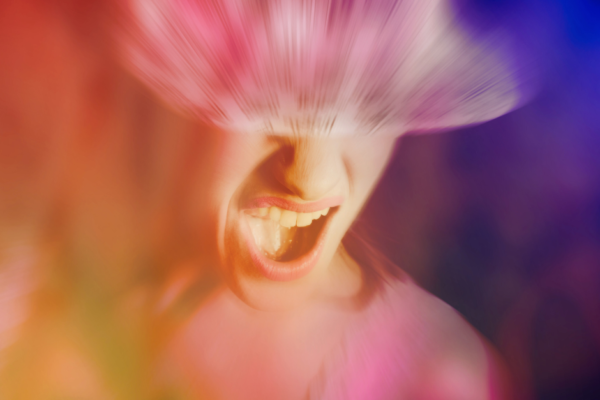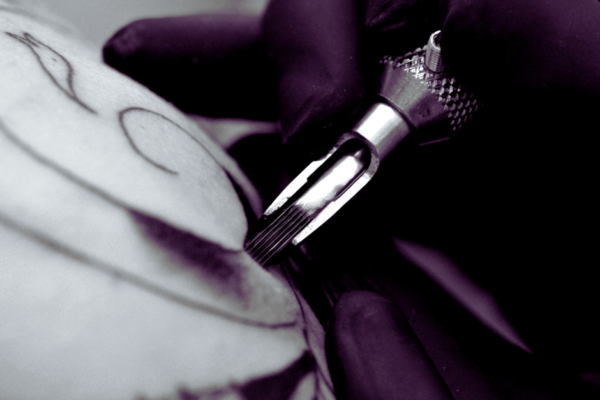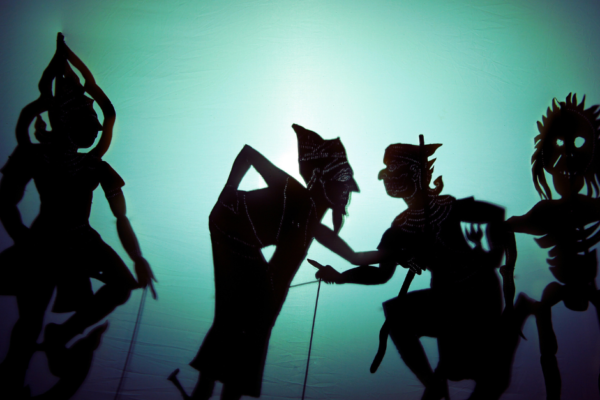Do you use Tarot cards? If so, then you should really consider keeping a Tarot journal. Journaling is powerful work and when we add Tarot to the mix, the results can be amazing.
What is a Tarot journal?
A Tarot journal is simply a written record of your thoughts about the Tarot. You can keep it on the computer if you prefer or have a special notebook to write in. There is no right or wrong answer. A Tarot journal is deeply personal.
Just like a regular journal, you record your thoughts, intentions and feelings for the day. By adding in the Tarot you can delve deeper into your psyche and understand your motivations even more.
Why incorporate the Tarot?
Tarot cards carry powerful symbolism, no matter which deck you choose to use. The cards can help you understand your psychology by opening you up to the archetypal energy within the cards. Let’s dive in and learn a little more.
What is the definition of Archetype?
Wikipedia defines an archetype as ‘a universally understood term or pattern of behaviour, a prototype upon which others are copied, patterned or emulated.’ In Psychology, an archetype is a ‘model of a person, personality, or behaviour’.
On Wikipedia itself, the page on Jungian Archetypes tells us that according to Carl Jung, archetypes are ‘innate universal psychic dispositions that form the substrate from which the basic symbols or representations of unconscious experience emerge. The archetype is a tendency to form such representations of a motif – representations that can vary a great deal in detail without losing their basic pattern… they are indeed an instinctive trend.’
Reading through the above-mentioned definitions, we can see a concept emerge. An Archetype, essentially is: –
Universally known and understood;
A kind of a template that can be copied, emulated or developed;
A pattern of behaviour and psychic disposition; and
A basic representation of an unconscious experience.
So, an archetype is a very basic, instinctive understanding of a concept. Or an idea of a personality or character that provides a framework for further development and growth. This is something that is contained within our instinctive understanding of the world. And comes into focus when human beings go through a variety of transitions and phases in their life.
Psychology & Archetypes
Carl Jung is one of the founders of analytical psychology. Although he never directly mentioned the tarot in any of his works, it’s easy to find links between the concepts that he built and the Tarot. One of his greatest contributions to the theory of the psyche is was that of the archetypal images and the collective unconscious. This is the foundation from which the Tarot builds upon. The collective unconscious was the name that Jung gave to the symbols and archetypes from which we derive our human story.
The idea here is that our psyche is filled with these archetypal images. These archetypes structure how we tell stories and think about our lives.
According to Carl Jung, there are five main archetypes. These are:-
The Self – this is the center of the psyche.
The Shadow – this is opposite of who you think you are.
The Anima – this is the feminine aspect within a male psyche.
The Animus – this is the male aspect within a feminine psyche.
The Persona – this is the way we present ourselves to the world.
Thus, if we see these 5 main archetypes are just different parts of our composite personality.
The Self, or the center of the psyche is the true, real self. It is who you really are (irrespective of the ‘good’ or ‘bad’ parts). The Shadow is the opposite end. It is that aspect of your personality that you don’t want to accept or face, but nevertheless is within you. The Persona, on the other hand, is how you choose to portray yourself as to the world at large. And within the self, self-image and your anti-image, you have two aspects: the male and the female, or the Animus and the Anima respectively.
Tarot & Archetypes
The Tarot cards are images that represent the different stages of existence on the temporal, psychological, and spiritual planes. Sometimes these images combine all these aspects, and sometimes they just focus on one or two. But either way, these pictures (and the combination of these pictures in a spread) show us a symbolic representation of life itself as a bunch of snapshots through time.
By working with these images in a Tarot journal, we learn a lot about ourselves. The card that you select speaks to you on many levels. You first see the picture and have a reaction to it. The deeper symbolism speaks to your subconscious. The archetypal significance will provoke an emotional reaction within you.
You can write about all this in your journal. The card you select may help you work out what is going on beneath the surface. Perhaps it will assist you in solving a problem you have. Or maybe it will give you comfort that you are on the right path.
Want to learn more?
The Tarot is a wonderful tool and is nothing to be afraid of. If you’d like to learn more about it, why not check out the Tarot workshops on offer here.
Let me know your thoughts. Do you use the Tarot on a regular basis? And do you keep a Tarot journal to record your readings, thoughts and feelings?
Tell me in the comments and remember to like and subscribe to the blog.
Thanks!






